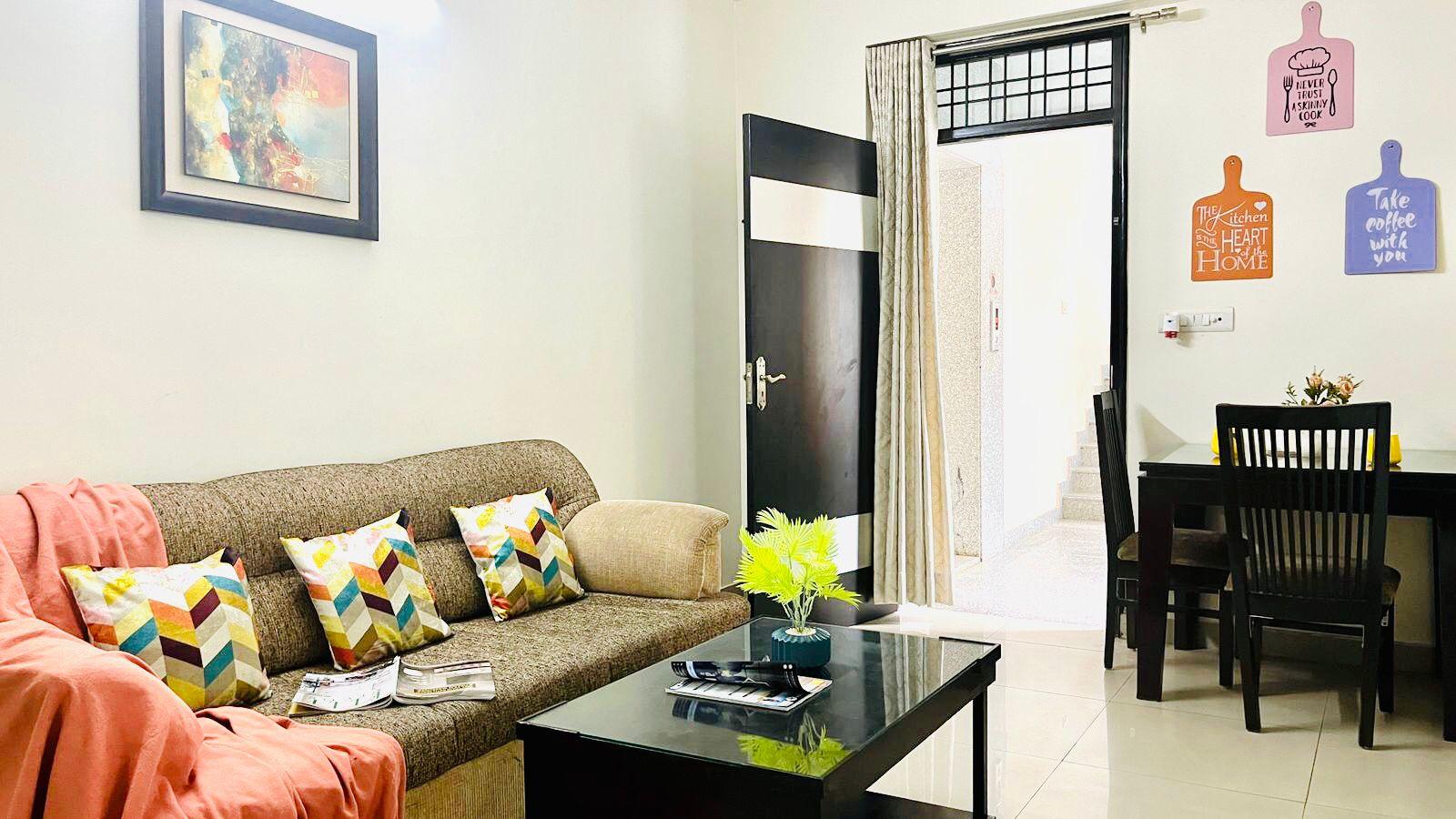Radon gas is an invisible threat that can build up inside homes and other buildings, putting occupants at risk of lung cancer. In Denver and across Colorado, radon is a major health concern due to the state’s geology and climate. Thankfully, testing for radon is relatively straightforward, and mitigation systems can reduce radon levels if high concentrations are found. This article will examine radon testing protocols specific to Denver, helping homeowners and tenants understand the process and make informed decisions to protect their health.
How Radon Enters Buildings
Radon is a radioactive gas that occurs naturally when uranium breaks down in soil, rock, and water. As a gas, it can seep into buildings through cracks and openings in the foundation. Radon may also be present in well water and can be released into the air during water use.
The geologic conditions in Colorado, including uranium-rich bedrock and soils, increase the likelihood of high indoor radon levels. At the same time, radon entering buildings in colder months may become trapped inside when doors and windows are kept closed. The heating systems found in most Denver homes can create suction that draws radon in through foundation cracks.
Exposure to radon over time increases one’s risk of developing lung cancer. After cigarette smoking, radon is considered the second leading cause of lung cancer in the United States. For this reason, radon monitoring and mitigation are important public health priorities in Colorado.
Radon Measurement Testing Protocols
The only way to know if a building’s radon levels are elevated is to conduct testing. Radon test kits are widely available via certified radon measurement professionals, home inspectors, and retail stores. There are a few different testing methods, but all involve placing a small monitor in the home and sending it to a qualified lab for analysis after a set period of time.
Initial Short-Term Testing
The first step in radon testing is normally a short-term test lasting between 2-90 days, with 2-3 days being the minimum detection period. According to the Colorado Department of Public Health and Environment (CDPHE), an initial short-term test should follow these protocols:
- Use an approved short-term test kit placed 4-5 feet off the floor in the lowest livable level of the home. This is typically the basement, if one is present.
- Close windows and doors normally kept closed during testing. Operate heating and cooling systems as usual.
- Leave the test kit undisturbed for at least 48 hours, but ideally longer. The detector needs to be exposed for this minimum period to measure indoor radon levels accurately.
- Carefully follow the provided instructions to seal, return, and analyze the test kit. Use a qualified radon measurement lab certified by the National Radon Proficiency Program (NRPP) or National Radon Safety Board (NRSB).
- If results indicate radon levels at or above 4 pCi/L (picocuries per liter), conduct follow-up testing before considering mitigation.
Follow-Up Testing
If initial short-term testing shows radon concentrations of 4 pCi/L or higher, long-term testing of 90+ days is recommended. Follow-up testing should replicate the initial test conditions as closely as possible. This confirms whether radon levels persist at potentially hazardous levels over months, or if the initial test captured a short-term spike.
Multiple short-term tests can also be used for follow-up instead of one long-term test. For example, two short-term tests conducted side-by-side during different seasons may indicate if radon levels fluctuate over time. If elevated levels are detected consistently, mitigation should be pursued.
Water Testing
Radon gas can also enter homes through water, particularly from private wells drawing groundwater. Radon dissolved in water gets released into the air when water is used for showering, washing dishes, and other household uses.
If initial tests find high indoor radon, radon dissolved in water should also be measured. This requires a specific radon-in-water test kit. If water radon levels above 4,000 pCi/L are confirmed, a certified contractor can install a system to remove radon during water usage.
Timing of Radon Testing
Ideally, radon testing should be done during the time of year when windows and exterior doors are normally kept closed. Testing when a home’s heating system is active provides a more accurate picture of radon conditions.
In Denver, the recommended testing periods are October through March. This coincides with the colder months when radon is most likely to accumulate indoors. Avoid performing short-term tests lasting just 2-3 days during severe storms or periods with high winds, as these conditions can skew results.
Testing can be done during warmer months as well. However, with more ventilation from open windows, measured radon levels may be lower than at other times of year. If high radon is detected in summer, it indicates an even more serious problem requiring prompt mitigation.
Working with Radon Professionals
Property owners should only hire certified radon measurement and mitigation professionals to ensure proper testing protocols and mitigation system installation. Colorado requires radon testers, mitigators, and labs to be appropriately licensed and certified. There are two main credentials to look for:
- NRPP or NRSB certification for radon measurement professionals. This confirms proper training in radon testing methods and protocols. Look for test kits from certified labs.
- NEHA or NRSB certification for mitigation contractors. This certifies extensive radon mitigation training and expertise. Always verify a mitigator’s credentials.
Reputable radon services will readily provide certification credentials. Homeowners can also check certification status by contacting the CDPHE. Using improperly trained radon professionals risks inaccurate test results or ineffective mitigation.
Nonprofit organizations like the American Lung Association provide referrals and advice for selecting quality radon services as well. Consulting local government indoor air quality programs is another option to find certified radon professionals.
Radon Policies for Home Sales and Rentals
Colorado law requires radon disclosure and testing in certain real estate transactions. For example, sellers must disclose known radon test results to potential home buyers. Landlords must also disclose radon information to new tenants if they are asked.
State law gives home buyers the right to conduct radon testing during a real estate transaction. Buyers should test as soon as possible in the process, especially if indoor radon levels are unknown. Elevated radon may require mitigation by the seller or impact the final property valuation.
The Colorado Office of Public Health and Environment recommends testing in all real estate transactions. Seeking qualified radon services through reputable organizations will ensure proper testing protocols are followed. This protects the interests of both buyers and sellers when radon is a factor.
Tenants renting apartments or other living spaces can request landlord approval to conduct radon testing. Tenants should use qualified radon services and share elevated results with the property owner. Landlords are required to mitigate if they are notified of high test results by occupants.
















